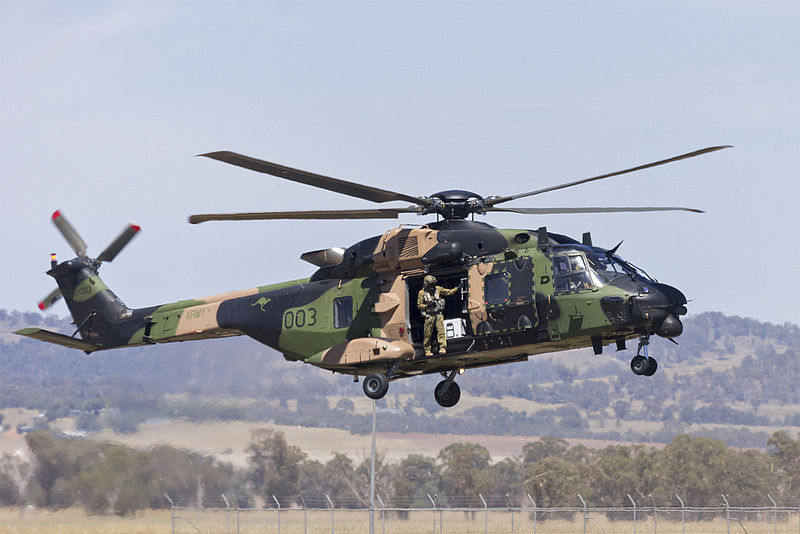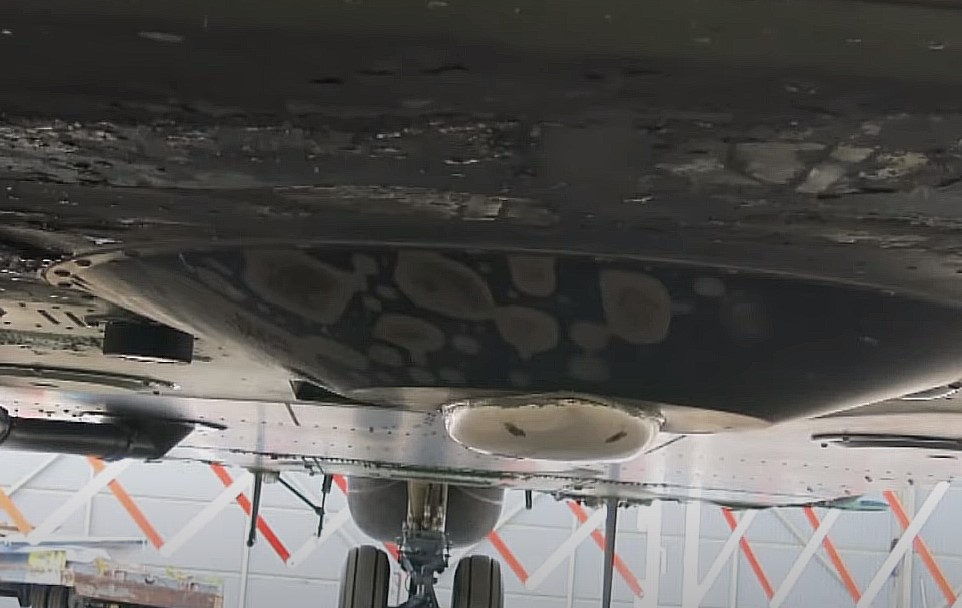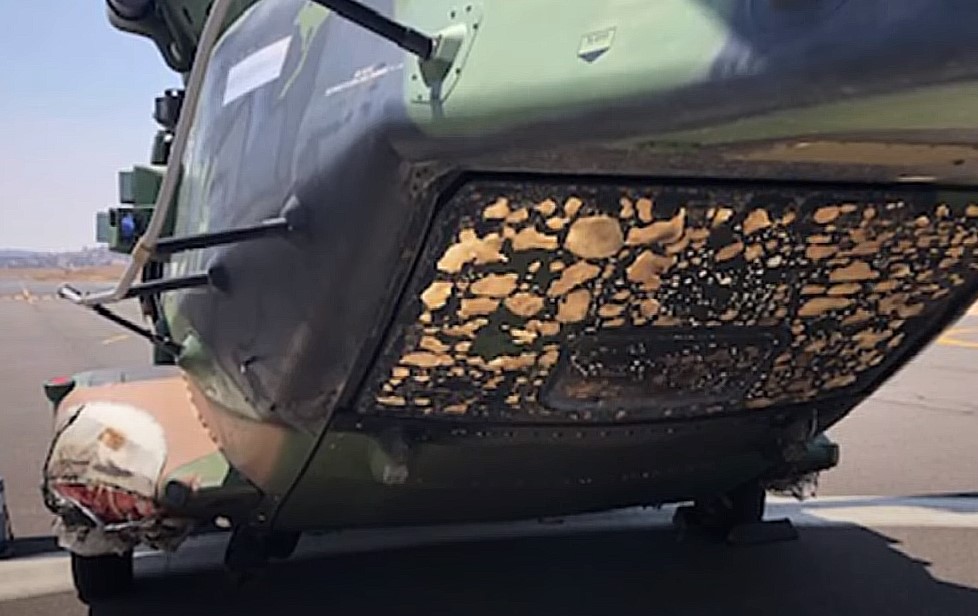Twisted Firestarters
in this article we look at wo occasions a helicopter has triggered a bush fire. In the first the helicopter succumbed to the flames. In the other case the helicopter fled the scene and the environment suffered.
Robinson R44 Northern Territory, 22 June 2022
This R44 was conducting a geophysical survey north of Alice Springs. The survey involved landing every 1 km to collect data. On board were the pilot and a survey field technician. According to the Australian Transport Safety Bureau (ATSB) occurrence brief:
At about 1000 local time, the pilot landed in an area of spinifex grass and the field technician disembarked the helicopter to carry out their survey tasks. The technician reported that, after setting up the equipment, they looked up and noticed flames under the helicopter.
It was reported that the helicopter’s engine bay was positioned close to an area of dry spinifex and the heat from the engine’s exhaust ignited the grass. The ensuing fire spread very quickly, engulfing the helicopter.
The pilot vacated the aircraft and sustained minor burns to their leg while attempting to retrieve a satellite phone on board.
Survey Robinson R44 Burnout after Igniting Spinifex Grass (Credit: Northern Territories Police)
The helicopter was destroyed.
The ATSB noted they were aware 5 occurrences in the preceding 10 years where a Robinson helicopter has been destroyed by grass fire. The R22 and R44 Pilot Operating Handbooks contain a warning:
Do not land in tall dry grass. The exhaust is low to the ground and very hot; a grass fire may be ignited.
Australian Army NH Industries NH90 (MRH-90 Taipan), Namadgi National Park, Australian Capital Territory, 27 January 2020
The military NH90 was supporting local civil authorities when it landed in the Orroral Valley within teh national park so crew members could ‘disembark for a short break‘.

An Example of an Australian Army NH90 / MRH-90 Taipan (Credit: Bidgee CC BY-SA 3.0 AU)
However a landing light caused a grass fire.

Australian Army NH90 / MRH-90 Taipan Landing Light After the Fire (Credit: ABC)
The aircraft suffered significant damage but took off and flew back to Canberra.

Damaged Australian Army NH90 / MRH-90 Taipan After the Fire (Credit: ABC)
It landed safely and in “little over an hour…Defence public affairs was directed to start developing a holding statement and talking points.”
The grass fire had however developed into what was capital city Canberra’s “most serious” bushfire threat since 2003 that consumed more than 7,900 hectares.
Critical to the fire’s rapid development was the failure of the helicopter crew to raise the alarm for c45 minutes (i.e. until they landed). A lack of precise information sowed confusion as fire crews were dispatched to different parts of the national park in attempt to locate and extinguish the blaze.
The title of the article is a reminder of your nan’s favourite 1990s bad boy, The Prodigy‘s Keith Flint. We will remain alert to any opportunity to reference Skin or PJ Harvey in future titles.
Safety Resources
The European Safety Promotion Network Rotorcraft (ESPN-R) has a helicopter safety discussion group on LinkedIn. You may also find these Aerossurance articles of interest:
- South Korean Fire-Fighting Helicopter Tail Rotor Strike on Fuel Bowser
- S-76A++ Rotor Brake Fire
- USAF RC-135V Rivet Joint Oxygen Fire
- C-130 Fireball Due to Modification Error
- Competitive Behaviour’ and a Fire-Fighting Aircraft Stall
- Short Sling Stings Speedy Squirrel: Tail Rotor Strike Fire-Fighting in Réunion
- Wayward Window: Fatal Loss of a Fire-Fighting Helicopter in NZ
- Helicopter Tail Rotor Strike from Firefighting Bucket
- Maintenance Issues in Fire-Fighting S-61A Accident
- Korean Kamov Ka-32T Fire-Fighting Water Impact and Underwater Egress Fatal Accident
- Firefighting AW139 Loss of Control and Tree Impact
- B767 Engine Fire – Ignition from Misrouted / Chaffed Cables
- A319 Double Cowling Loss and Fire – AAIB Report
- What a Difference a Hole Makes: E-8C JSTARS $7.35 million Radar Mishap
- USAF Tool Trouble: “Near Catastrophic” $25mn E-8C FOD Fuel Tank Rupture
- The “Hold My Beer” Helicopter Accident
- R44 Oil & Gas Accident – Alcohol, Flight Following, ELTs
- Latent Engine Defect Downs R44: NR Dropped to Zero During Autorotation
- A Try and See Catastrophe: R44 Accident in Norway in Bad Weather
- R44 Force Lands After Improper Repair
- Robinson R44 Power Loss: Excessive Lubricant
- R66 Loss of Control Investigation Hampered by Lack of Cockpit Video


Recent Comments